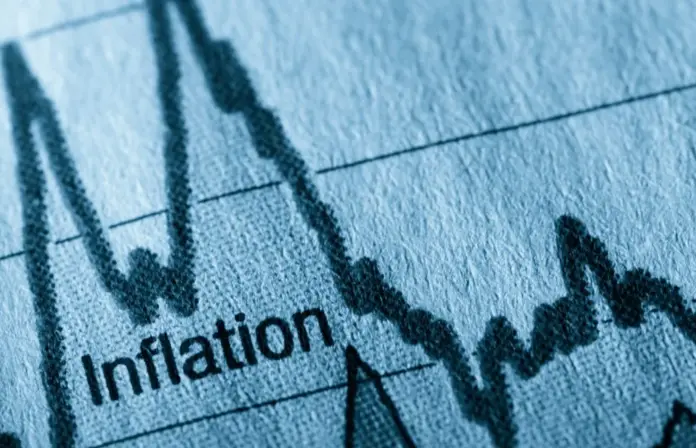The recent Consumer Price Index (CPI) report released by the US Bureau of Labor Statistics revealed that inflation is not strong, though it is a bit elevated compared to the prior month. The May CPI increased by 2.4 percent compared to the previous year. This figure is slightly higher than what analysts had anticipated (2.5%) but slightly lower than the previous month’s (April) rate of 2.3 percent. The data indicates that inflation is not escalating at a high rate, yet it is something that the Federal Reserve and investors are still monitoring.
Inflation Slows But Stays Above Fed’s Target
The Federal Reserve normally targets inflation at about 2 percent. Although the 2.4 percent inflation rate in May is not so high relative to the historical highs, it remains above the preferred range set by Fed. The core CPI, which does not include food and energy prices as they can fluctuate rapidly, remained at 2.8 percent – as in April. The overall CPI as well as core CPI rose by 0.1% on a monthly basis, below the expectations of economists of 0.2 percent and 0.3 percent, respectively.
Also read: Oklo Stock Soars After U.S. Air Force Nuclear Deal
Market Reaction to CPI Data
Markets responded as soon as CPI numbers were out. The US dollar was a little weaker as indicated by a decline in the USD index, which declined 0.37% to 98.68. It is an indication that traders could be of the view that the Federal Reserve will take a longer time before increasing interest rates again.
The currency markets also revealed the US dollar losing out to the major currencies such as the Euro, the British Pound, and the Japanese Yen. The weaker dollar reflects the prospects that the Federal Reserve might not be in a hurry to tighten monetary policy unless inflation gathers more momentum.
The Role of Tariffs
A significant element that investors and economists are observing is the effect of new tariffs. This year the US government imposed new tariffs on certain imported goods which might have an impact on prices in the long run. To date, the CPI report indicates that these tariffs are yet to lead to a drastic increase in the general inflation.
According to some professionals, it may take several additional months till the complete effect of these tariffs appears in end-user prices. Recently, Chicago Federal Reserve President Austan Goolsbee said that the Fed would observe a large or a small impact tariffs have on inflation before taking any policy steps.
Fed’s Next Move Remains Unclear
Interest rates have been holding constant in the past few months and the Fed has maintained its federal funds rate at 4.25-4.50%. Fed officials have expressed that they could wait before implementing any alterations so long as the employment sector is hot and inflation is not accelerating rapidly.
The most recent employment report confirms this reluctant attitude. In May, the US economy registered an improvement of 139, 000 jobs against an expectation of 130, 000. The Fed is less inclined to move with urgency as long as the job market remaining robust. Following the employment report, market odds of a Fed rate cut in July fell to around 20% odds, down form approximately 30% earlier in the week.
What Analysts Are Saying
Financial analysts differ on the direction that inflation is taking. Others, including TD Securities, had forecast core CPI inflation to remain largely muted, in part because of weak travel service prices as well as emergent indicators of tariff pass-through. They forecasted a deceleration of headline CPI inflation owing to decreasing gas prices.
US CPI report has worldwide significance. US inflation is followed by investors worldwide as it has an impact on currency values, interest rates, and stock markets. When inflation is high, the US dollar can strengthen as the Fed is likely to increase interest rates in the battle against increasing prices.








